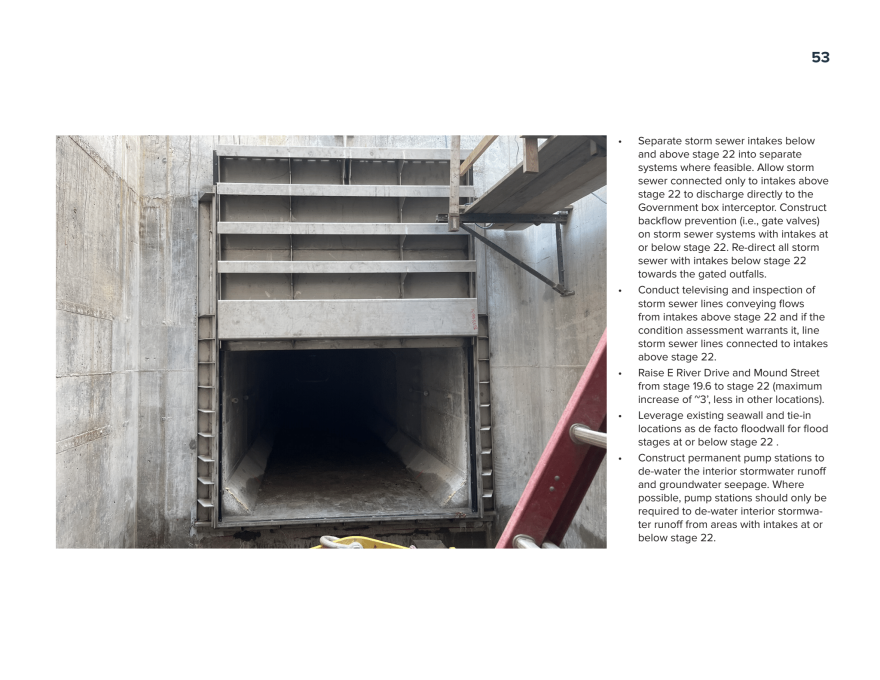After the flood, Wilson studied the effects of the high water in the agency's service area. Listen to Michelle O'Neill's feature by clicking the blue, play button above.
"Uneventful" is the word Matt Wilson uses to describe his survey of damage from the 2023 spring flood on the Mississippi River. Road damages were the main items, including a small sinkhole on River Drive in Davenport. Some rural roads were washed out and had to be re-graded. Wilson says that's minor given the height of the Mississippi River last spring.
He also says it was a short flood with only 1 1/2 weeks of very high river levels which helped relieve pressure on the flood systems that protect communities.
It's been 30 years since the 1993 Mississippi River Flood. The Federal Emergency Management Agency (FEMA) says it and the State of Iowa have worked with communities to buy-out homes at high risk of flooding. Wilson says those efforts are key to reducing damage from floods. Returning shortlines to wetlands also benefits the environment.
FEMA uses Davenport as an example of successful flood mitigation. It says since 1993, 60 properties have been moved out of harm's way. The City of Davenport has spent more than $2.6 million in hazard mitigation funds. That's compared to an estimated $15 million return on investment, or avoided damages, according to Iowa Homeland Security and Emergency Management.

Just in the last four years, Wilson says local emergency managers told him their communities have been completing flood mitigation projects.
His next big task is to update flood impact statements to represent the current state of the river during flooding. An example of a local flood impact statement is "at 15.5 feet, water affects LeClaire Park."
Wilson says the frequency and severity of recent Upper Mississippi River floods have prompted cities, counties, and emergency managers to take action. Of the top ten historic crests in the Quad Cities, eight have occurred since 1993. In addition, the severe floods are happening more frequently, every three to four years.
During the 2019 flood, Wilson worked as a hydrologist in the Missiouri River basin. He says that flood was also a wakeup call for western Iowa and eastern Nebraska. His colleagues in that region tell him communities there also continue to work on flood mitigation projects.





